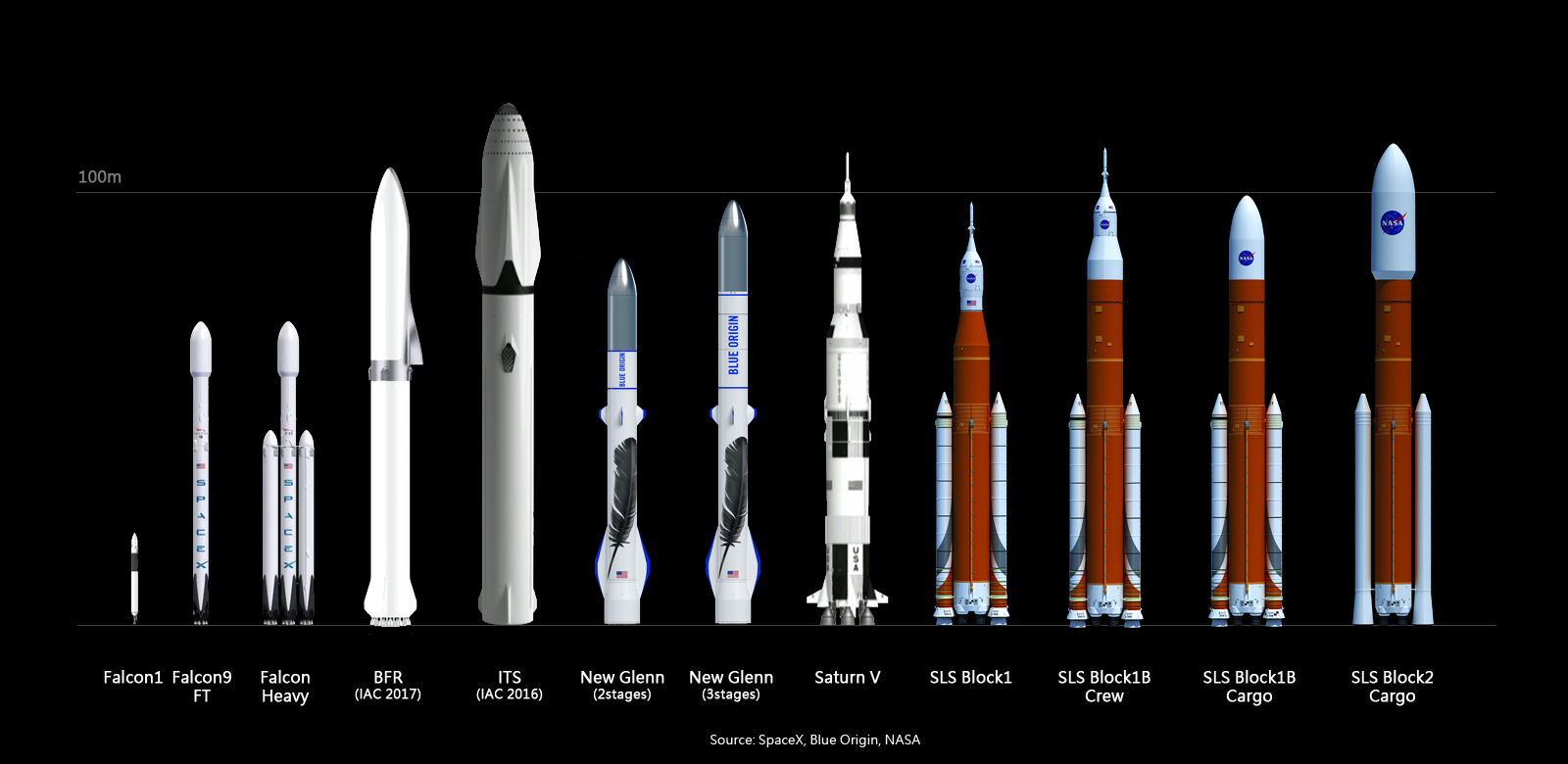This week billionaire Jeff Bezos declared that we are currently at “Day One” for the space industry. This was an allusion to his 1997 comment that businesses should always operate with the enthusiasm of a startup.
But as Bezos’ Blue Origin commercial spaceflight venture slowly and cautiously plods along, it’s another billionaire’s rockets that are changing the spaceflight game. By any estimation, Elon Musk’s SpaceX ($PRIVATE:SPACEX) is leading the commercial space race. Its rockets accounted for 60 percent of global launches last year, and when it launched a Tesla into deep space to test the Falcon Heavy launch system, SpaceX created a new generation of space nerds.
According to Thinknum hiring trend data, SpaceX’s trajectory is showing no signs of slowing: the company is on a hiring spree, with a record number of engineering jobs open at the moment.
This new hiring activity, which started late last year, suggests that Musk is ready to move SpaceX to the next step on the path to Mars, namely the development of the Big Falcon Rocket (alternatively the Big F’ing Rocket), or BFR. That’s the platform that will eventually get SpaceX to Mars as early as 2024.
BFR is a do-it-all rocket that Musk intends as the final evolution of the Falcon 9 and Falcon Heavy platforms. Not only will it travel into deep space, but it will also perform everything from sub-orbital launches, to ISS missions, to trips to the moon. And because it’s big (really big), it will be able to carry multiple payloads into orbit in one trip, ultimately making it cheaper.
“The BFR is the big dream,” Alan Boyle, veteran space journalist and Aeronautics and Science editor at Geekwire told Thinknum. “It’s what will fulfill Musk’s goal of getting to Mars.”
It’s unlikely we’ll see much if any more development on the Falcon 9 and Falcon Heavy rockets, although the company will continue to use those platforms to launch customer payloads. “Those are proven platforms,” Boyle told us. “They exist to fund, at least in part, the development of the BFR.”
But getting to Mars is expensive (right now Musk estimates as much as $10 billion per person, however he intends to get the cost down to under $200,000 through cheaper rockets like the BFR. At the same time, the demand for space launches — what makes up the bulk of the current SpaceX revenue stream — is relatively small. In fact, SpaceX president Gwynne Shotwell told CNBC this week that SpaceX’s 2019 launch manifest has about ten fewer launches than 2018. No bucks, no Buck Rogers.
The solution, says Shotwell, is for SpaceX to launch its own telecommunications satellite constellation. It’s called Starlink, and it promises to bring 1Gbps internet worldwide using a Low-Earth Orbit (LEO) mesh network of satellites.
A closer look at hiring data suggests that SpaceX is already moving forward with Starlink's creation. Hiring in Redmond, WA, where SpaceX is headquartering its satellite development, has risen 70% since October. In fact, Redmond now has the most job openings in the company outside of the Hawthorne, CA headquarters. SpaceX put the first two Starlink prototype satellites into orbit in February. And by the looks of it, we should be seeing a lot more going up very soon.

